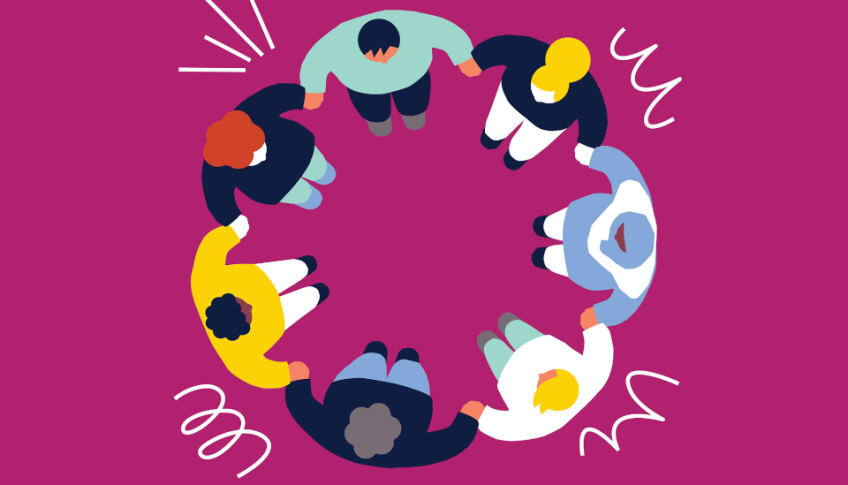
In open source communities, the most important thing – apparently – are the contributions: the quantity and quality of work that is shared. This makes these communities, at a first glance, much more horizontal, since they are peer production spaces, where all are equal and have the same opportunities to contribute. By being able to view and study the source code, anyone with the required technical capabilities can make improvements. Those who gain the highest esteem (and power) in the community are those who have contributed the most and most significantly to the collective outcomes. The privileges and status earned are the result of their merits. And their merits are transparent because they can be seen in the amount of contributions made and accepted, in the number of editions done and in the ability to solve tasks. Tracking tools allow accurate monitoring of contributions.
For all this, open source communities take pride in their transparency and neutrality. Open source is agnostic regarding who is who in each new contribution. Recognition is granted based on the relevance and usefulness of the code or the content created. It seems something totally separate from the bodies that produce the code, and the social conditions that produce those bodies. Since these are mostly online communities, the body and its material conditions of existence seem to be diluted within the context of virtuality.
But to simply accept these assumptions, without any sort of critical analysis, has two major problems.
Continue reading at GenderIT.org.
Illustration by Marco Palmieri. Creative Commons BY NC ND.